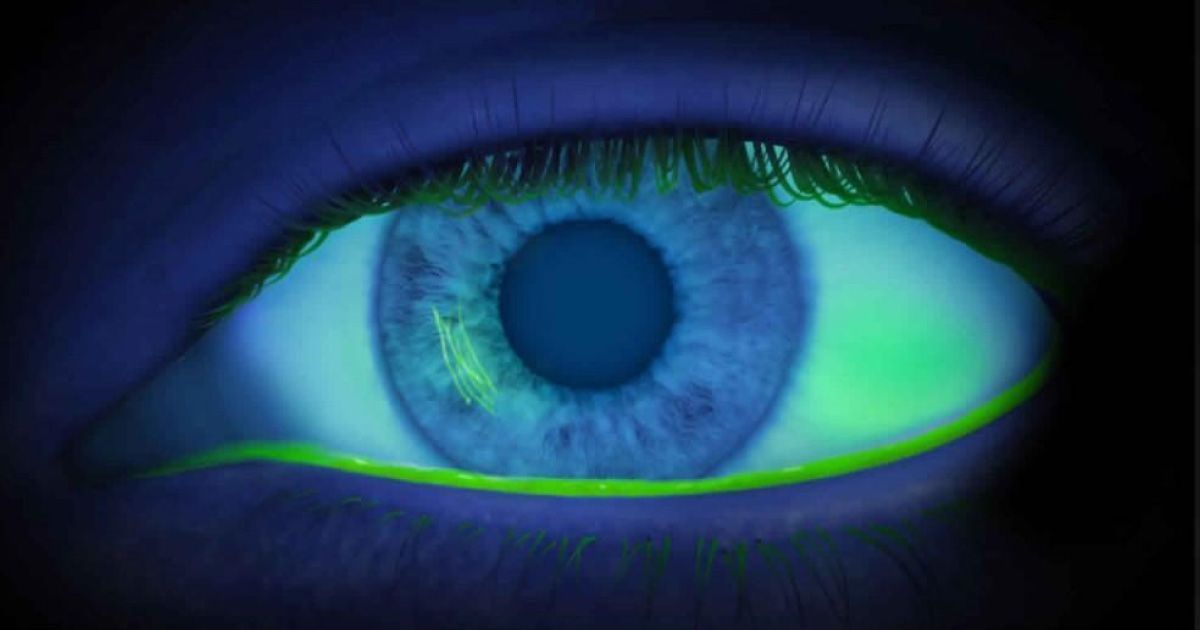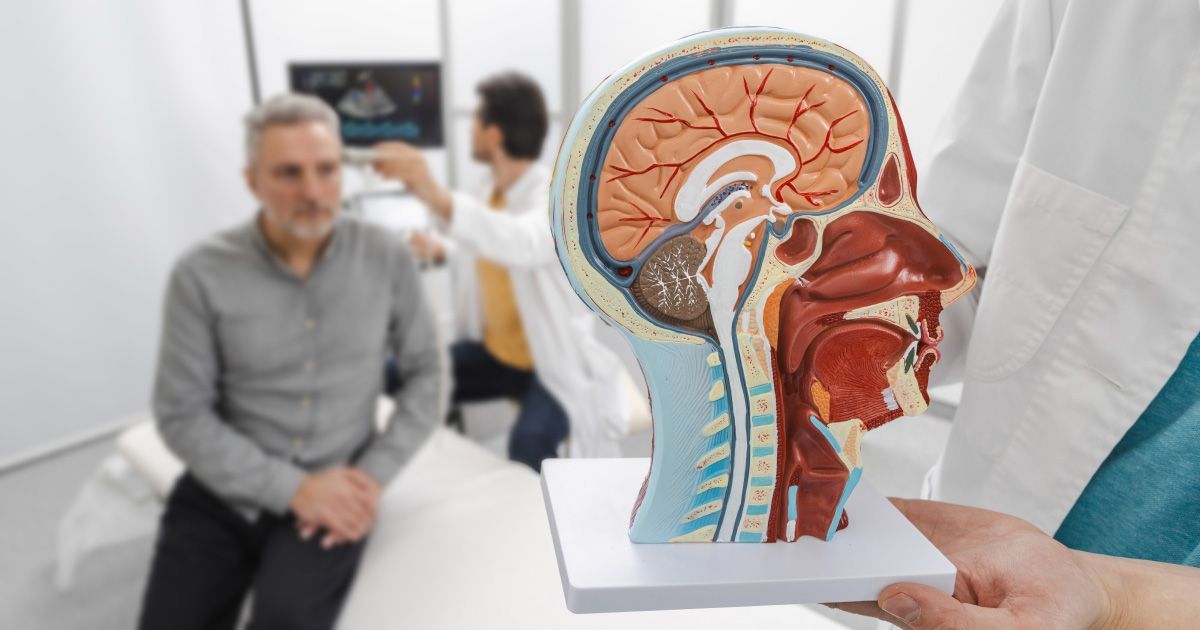Eyes Wide Shut: Exploring Sleep and Dream Patterns

Read time: 7 minutes
Sleep is a fascinating and essential aspect of our lives, intricately linked to our overall health and well-being. In "Eyes Wide Shut: Exploring Sleep and Dream Patterns," we look into the mysteries of sleep and the profound impact it has on our physical and mental states. Understanding sleep's restorative power, its various stages, and how our dreams are influenced by numerous factors provides invaluable insights into achieving optimal health.
The Importance Of Sleep For Overall Health
Sleep is a fundamental pillar of overall health, intricately linked to both physical and mental well-being. During sleep, the body undergoes essential restorative processes, including muscle repair, immune system strengthening, and hormone regulation. This critical downtime allows the brain to consolidate memories and process emotions, fostering cognitive function and emotional resilience. Insufficient sleep can lead to a cascade of negative effects, such as impaired judgment, increased stress levels, and heightened susceptibility to chronic conditions like obesity and heart disease.
Moreover, quality sleep enhances creativity and problem-solving skills by facilitating deeper insights during dream states. As we delve into the intricate relationship between sleep patterns and dreams in "Eyes Wide Shut," it becomes evident that prioritizing restorative sleep is not merely beneficial but vital for achieving holistic health and vitality in our daily lives.
Understanding The Stages Of Sleep
Understanding the stages of sleep is crucial for grasping the complexities of our nightly rest and its profound impact on our dreams. Sleep is divided into several distinct phases, primarily categorized into non-REM (Rapid Eye Movement) and REM sleep. Non-REM sleep consists of three stages, progressing from light to deep sleep, each playing a vital role in physical restoration and memory consolidation.
In contrast, REM sleep, which typically occurs about 90 minutes after falling asleep, is where most vivid dreaming occurs. This phase is characterized by increased brain activity, rapid eye movements, and temporary muscle paralysis. The cyclical nature of these stages throughout the night influences not only the quality of our sleep but also the richness and emotional depth of our dreams, making it a fascinating area for exploration in understanding human consciousness.
Learn more about the stages of a sleep cycle.
Common Sleep Disorders And Their Effects On Dream Patterns
Common sleep disorders, such as insomnia, sleep apnea, and narcolepsy, significantly impact dream patterns and overall sleep quality. Insomnia often leads to fragmented sleep cycles, resulting in reduced REM sleep—the stage most associated with vivid dreaming. As a consequence, individuals may experience less memorable dreams or a complete absence of them.
Sleep apnea interrupts breathing during sleep, causing frequent awakenings that disrupt the natural progression of sleep stages; this can lead to shallow dreams or nightmares due to heightened stress responses.
Narcolepsy, characterized by sudden daytime sleep attacks, can induce vivid hallucinations during transitions between wakefulness and sleep. These disruptions not only hinder restorative rest but also alter the emotional content and recall of dreams, leaving individuals feeling fatigued and emotionally drained upon waking.
Factors That Influence Dream Content
Dream content is shaped by a myriad of factors that intertwine our waking lives with the subconscious. Personal experiences play a pivotal role; daily events, emotions, and unresolved conflicts often manifest in dreams, reflecting our innermost thoughts and feelings. Additionally, external stimuli such as sounds or sensations during sleep can influence dream narratives, subtly weaving real-world elements into the dreamscape. Psychological state also significantly impacts what we dream about—stress and anxiety may lead to nightmares, while a sense of safety can foster more pleasant imagery.
Furthermore, cultural background informs the symbols and themes we encounter in dreams, as societal beliefs shape our interpretations of various scenarios. Ultimately, dreaming serves as a complex interplay between memory processing and emotional regulation, providing insight into both our conscious and unconscious minds.
The Link Between Stress And Disturbed Sleep Patterns
Stress significantly impacts sleep patterns, creating a cycle that can be difficult to break. When an individual experiences stress, the body enters a heightened state of alertness due to the release of stress hormones like cortisol. This physiological response can lead to difficulty falling asleep or staying asleep, resulting in fragmented rest and reduced REM sleep—the stage critical for dreaming and emotional regulation.
As sleep disturbances increase, they can exacerbate feelings of anxiety and stress, leading to a vicious cycle. Moreover, the mental preoccupations that accompany stress often invade one's thoughts at night, making it harder to achieve restful sleep. Understanding this link is vital for addressing both sleep issues and underlying stressors, paving the way for improved mental health and overall well-being through strategies that promote relaxation and restorative slumber.
Tips For Improving Sleep Quality And Enhancing Dream Recall
Improving sleep quality and enhancing dream recall can significantly enrich your experience with dreams.
- Establish a consistent sleep schedule is essential; going to bed and waking up at the same time each day helps regulate your body’s internal clock.
- Create a calming bedtime routine, such as reading or practicing relaxation techniques, signals to your mind that it’s time to unwind.
- Consider keeping a dream journal by your bedside, allowing you to jot down dreams immediately upon waking, which strengthens memory retention over time.
- Limit screen exposure before bed
- Create a comfortable sleeping environment—dark, quiet, and cool— to help promote deeper sleep.
- Utilize mindfulness practices like meditation that can enhance awareness during dreams, making them more vivid and easier to recall upon awakening.
The Role Of Circadian Rhythms In Regulating Sleep And Dreams
Circadian rhythms play a crucial role in regulating sleep and dreams, acting as an internal clock that governs the body's physiological processes over a 24-hour cycle. These rhythms influence the timing of sleep onset, the depth of sleep, and the architecture of dreaming. As night falls, melatonin levels rise, promoting drowsiness and facilitating entry into deeper stages of sleep where vivid dreams often occur. Discover more about circadian rhythms in this article from Cleveland Clinic. https://my.clevelandclinic.org/health/articles/circadian-rhythm
Disruptions to this natural cycle—whether through shift work, irregular sleeping patterns, or exposure to artificial light—can lead to fragmented sleep and altered dream experiences. Moreover, circadian rhythms are linked to various cognitive functions that affect dream recall and emotional processing during dreams. Understanding these biological patterns can illuminate how our nightly journeys into the dream world reflect broader physiological health and well-being.
Creating An Optimal Environment For Restful Sleep
Creating an optimal environment for restful sleep is essential for achieving the deep, restorative slumber that allows us to explore the realms of our subconscious. A well-designed sleep space promotes relaxation and signals to the body that it’s time to unwind. Start by ensuring your bedroom is dark, quiet, and cool; these conditions help lower body temperature and support melatonin production.
Consider investing in blackout curtains or a white noise machine to eliminate disruptions. The choice of bedding also plays a crucial role—comfortable pillows and mattresses tailored to individual preferences can significantly enhance sleep quality. Additionally, minimizing screen time before bed reduces blue light exposure, which can interfere with natural sleep cycles. By cultivating a serene atmosphere, we set the stage for deeper sleep and richer dreams, inviting us into the mysterious world of our subconscious mind.
The Impact Of Technology On Sleep And Dream Patterns
The advent of technology has profoundly reshaped our sleep and dream patterns, introducing both challenges and opportunities. The blue light emitted by screens disrupts the body’s natural circadian rhythms, inhibiting melatonin production and making it harder to fall asleep. As individuals increasingly engage with devices late into the night, the quality of sleep often diminishes, leading to fragmented rest and a reduction in REM sleep—vital for vivid dreaming.
Conversely, technology also offers innovative solutions for improving sleep hygiene; apps that track sleep cycles provide insights into individual patterns, while meditation and relaxation programs help users unwind before bed. Despite these benefits, a balanced approach is crucial; acknowledging technology's dual role allows us to harness its advantages while mitigating its detrimental effects on our nightly restorative processes.
Importance Of Sleep For Eye Health
Sleep plays a crucial role in maintaining optimal eye health, as it allows the body to undergo vital restorative processes. During sleep, the eyes benefit from a reduction in strain and fatigue accumulated throughout the day. This restorative phase promotes tear production, which is essential for lubricating the eyes and preventing dryness. Furthermore, sleep facilitates the removal of toxins that can accumulate in ocular tissues, contributing to clearer vision and overall eye function.
Adequate rest also supports proper blood circulation to the eyes, ensuring they receive essential nutrients necessary for maintaining healthy cells. Insufficient sleep can lead to increased susceptibility to various eye conditions, including digital eye strain and long-term issues such as glaucoma or macular degeneration. Prioritizing quality sleep is therefore integral not only for overall health but specifically for preserving eye vitality and function.
The Takeaway
In our exploration of sleep and dream patterns, it becomes clear that sleep is far more than just a nightly ritual—it is a critical component of our overall health. From understanding the restorative processes during different sleep stages to recognizing the impact of sleep disorders and the influence of stress, we gain a deeper appreciation for the complexity of our nightly rest.
Prioritizing sleep hygiene and creating an optimal environment for restful sleep can significantly enhance both our physical health and emotional well-being. As we navigate the intricate world of sleep and dreams, it is evident that embracing quality sleep is not just beneficial but essential for a thriving, balanced life.
Sweet dreams, and may your nights be filled with wonder and rejuvenation.
Share this blog post on social or with a friend:
The information provided in this article is intended for general knowledge and educational purposes only and should not be construed as medical advice. It is strongly recommended to consult with an eye care professional for personalized recommendations and guidance regarding your individual needs and eye health concerns.
All of Urban Optiks Optometry's blog posts and articles contain information carefully curated from openly sourced materials available in the public domain. We strive to ensure the accuracy and relevance of the information provided. For a comprehensive understanding of our practices and to read our full disclosure statement, please click here.


















